Beloved Curve — Using Double Exposures, Sarah Amy Fishlock Reflects on the Cycle of Life
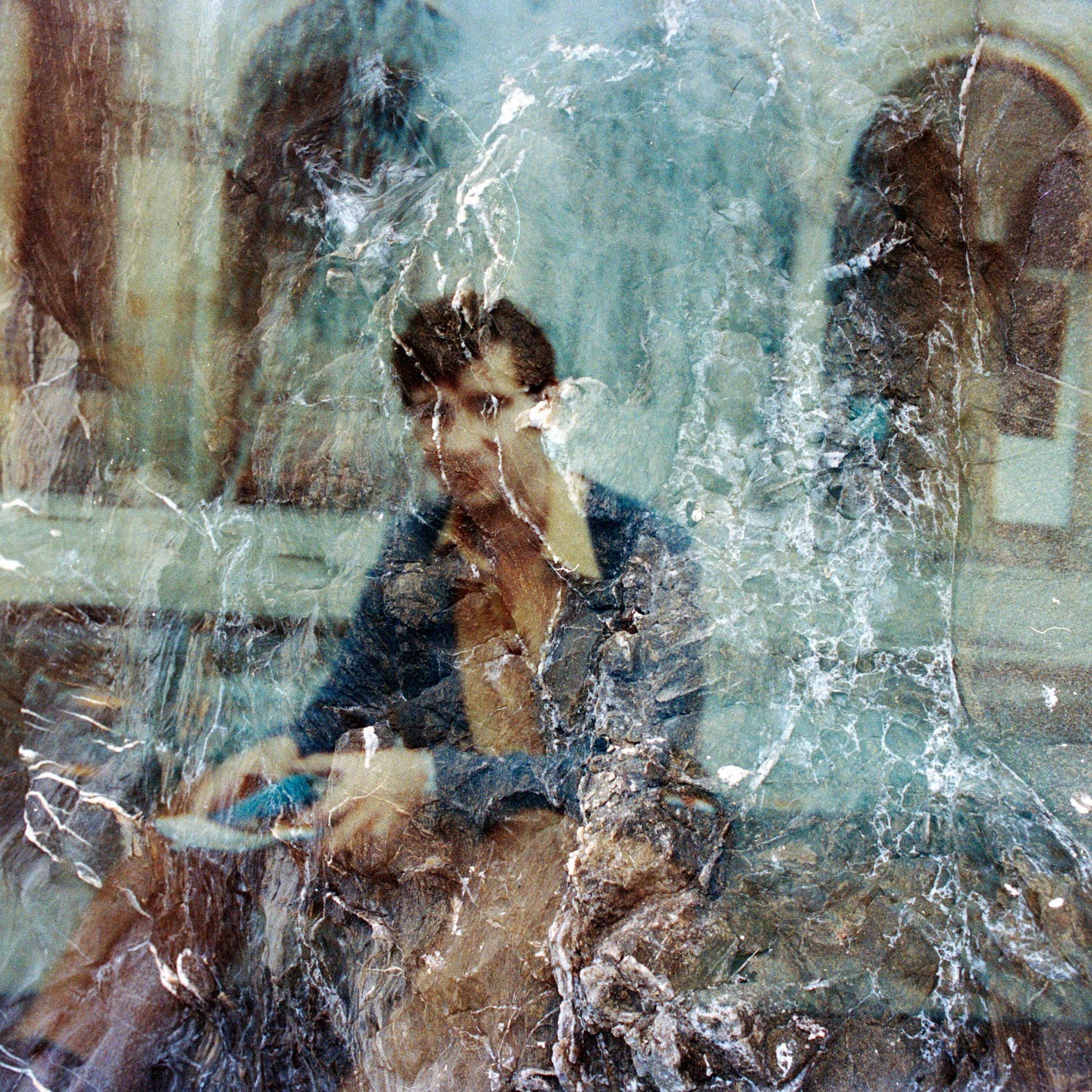

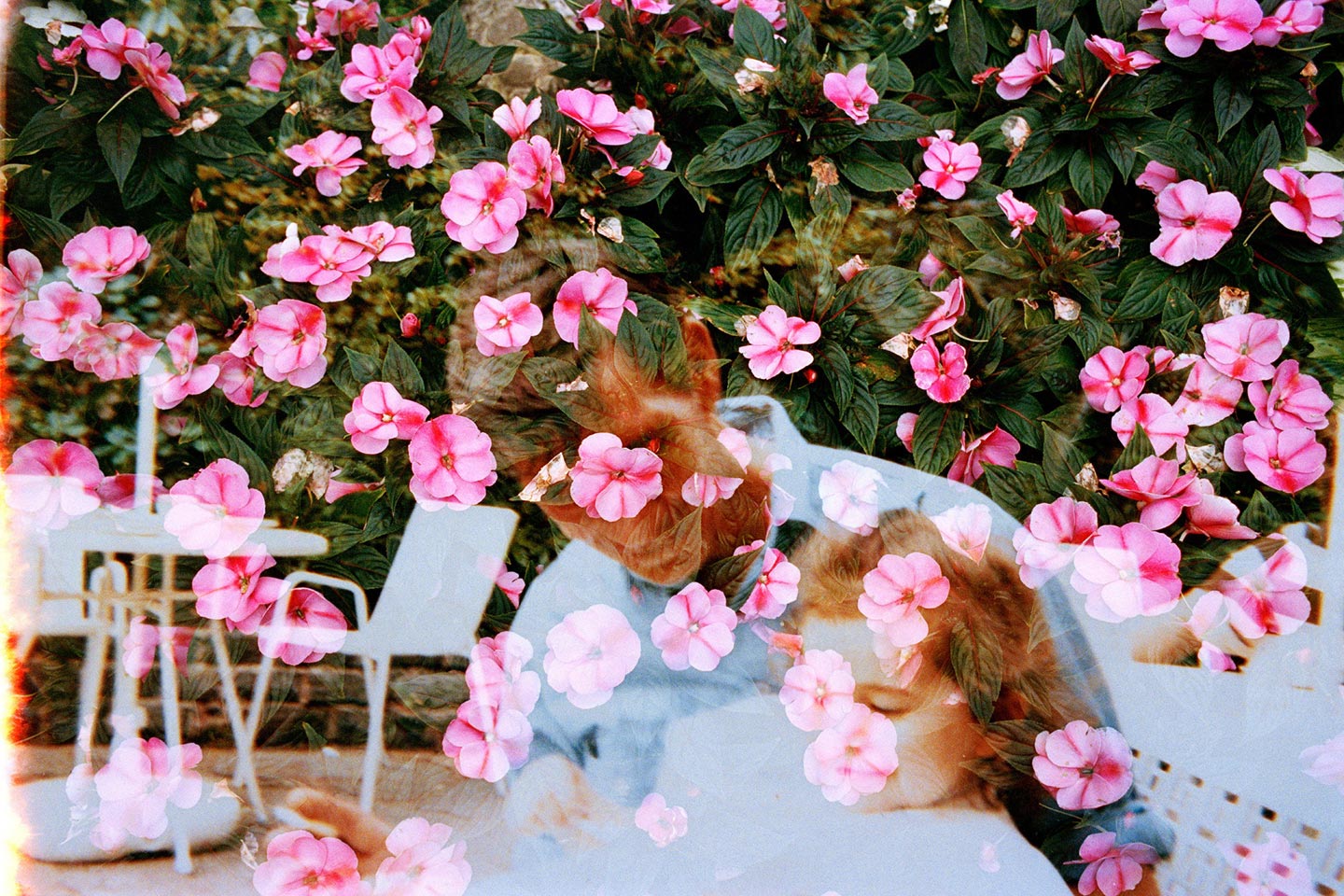
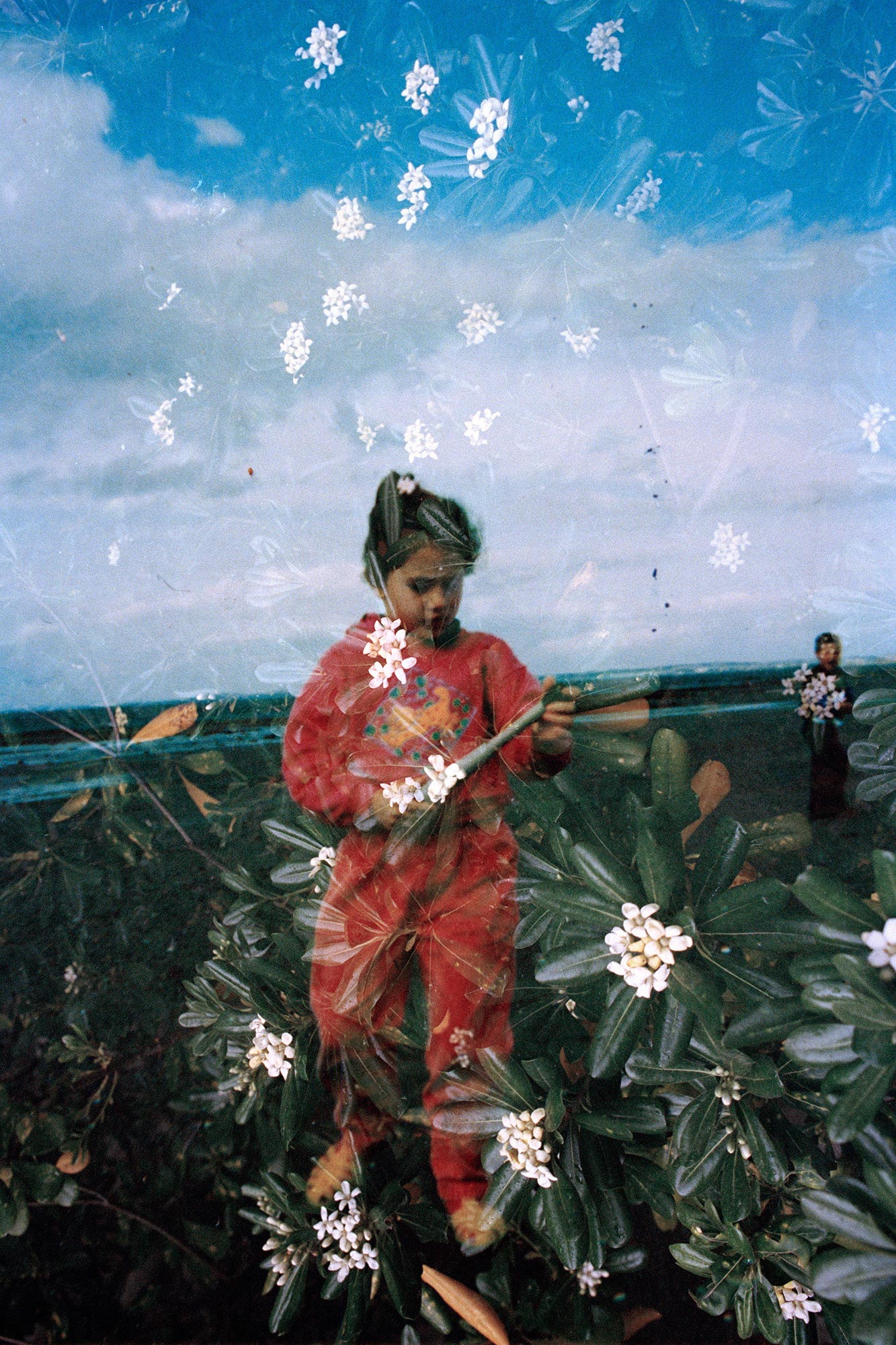

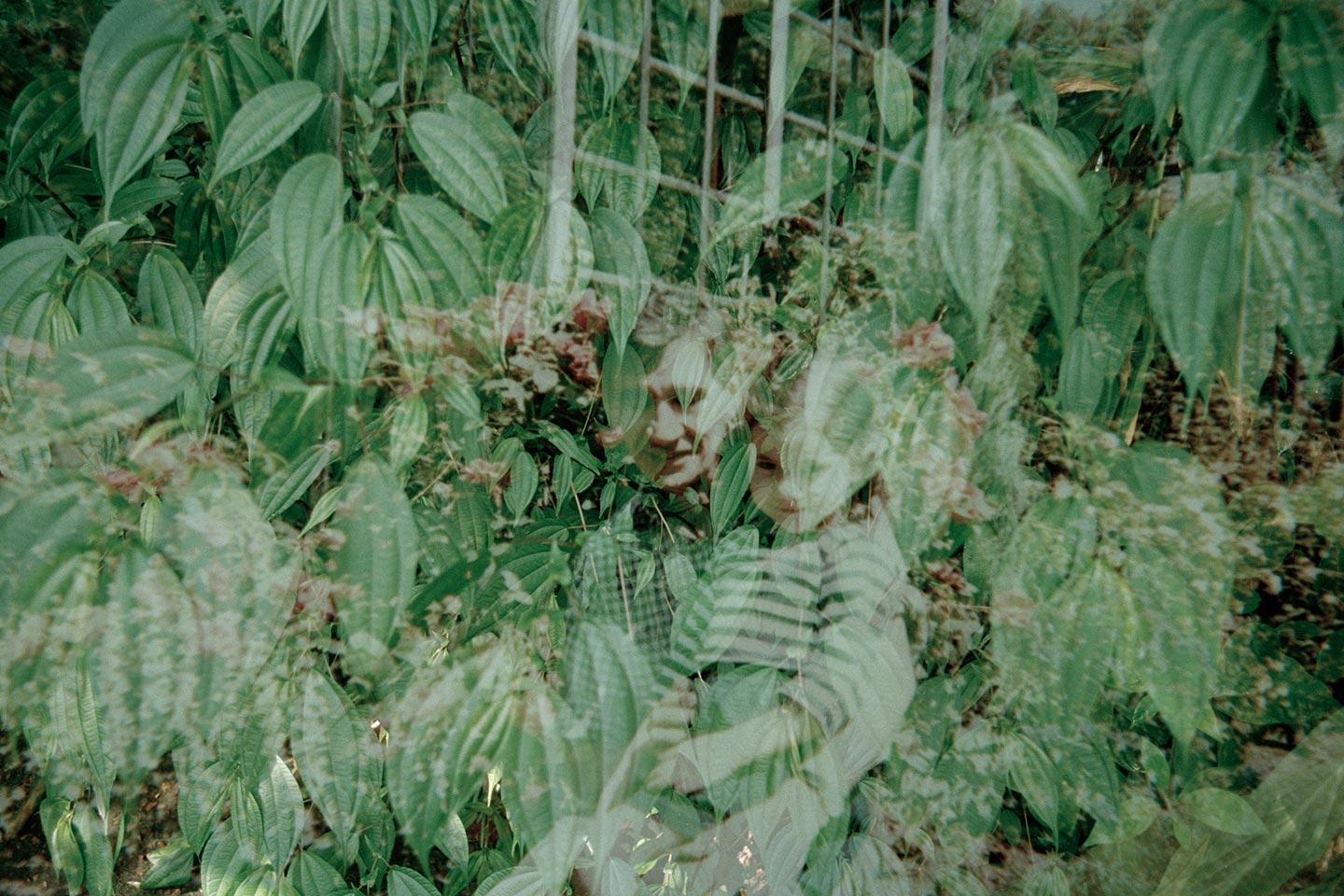


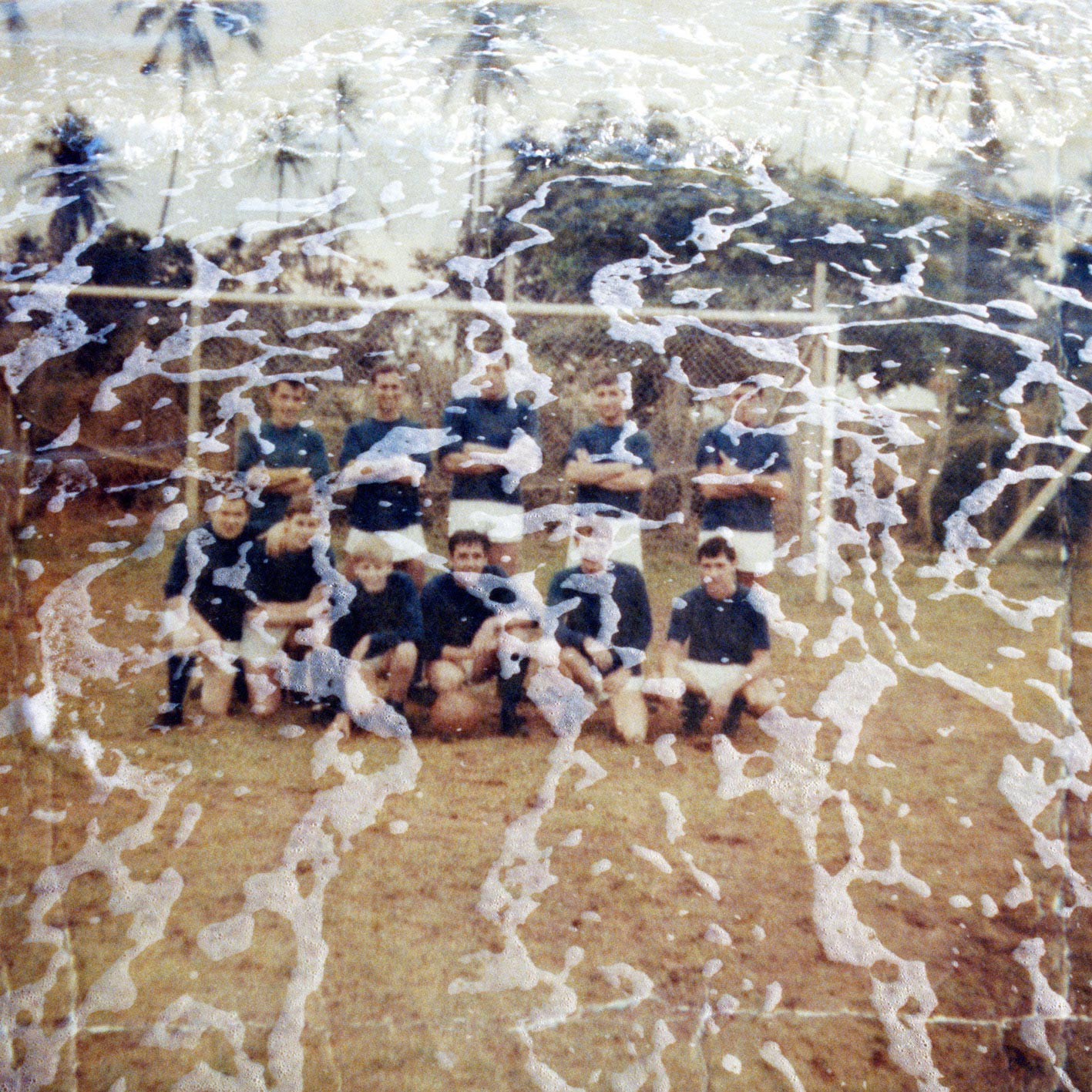
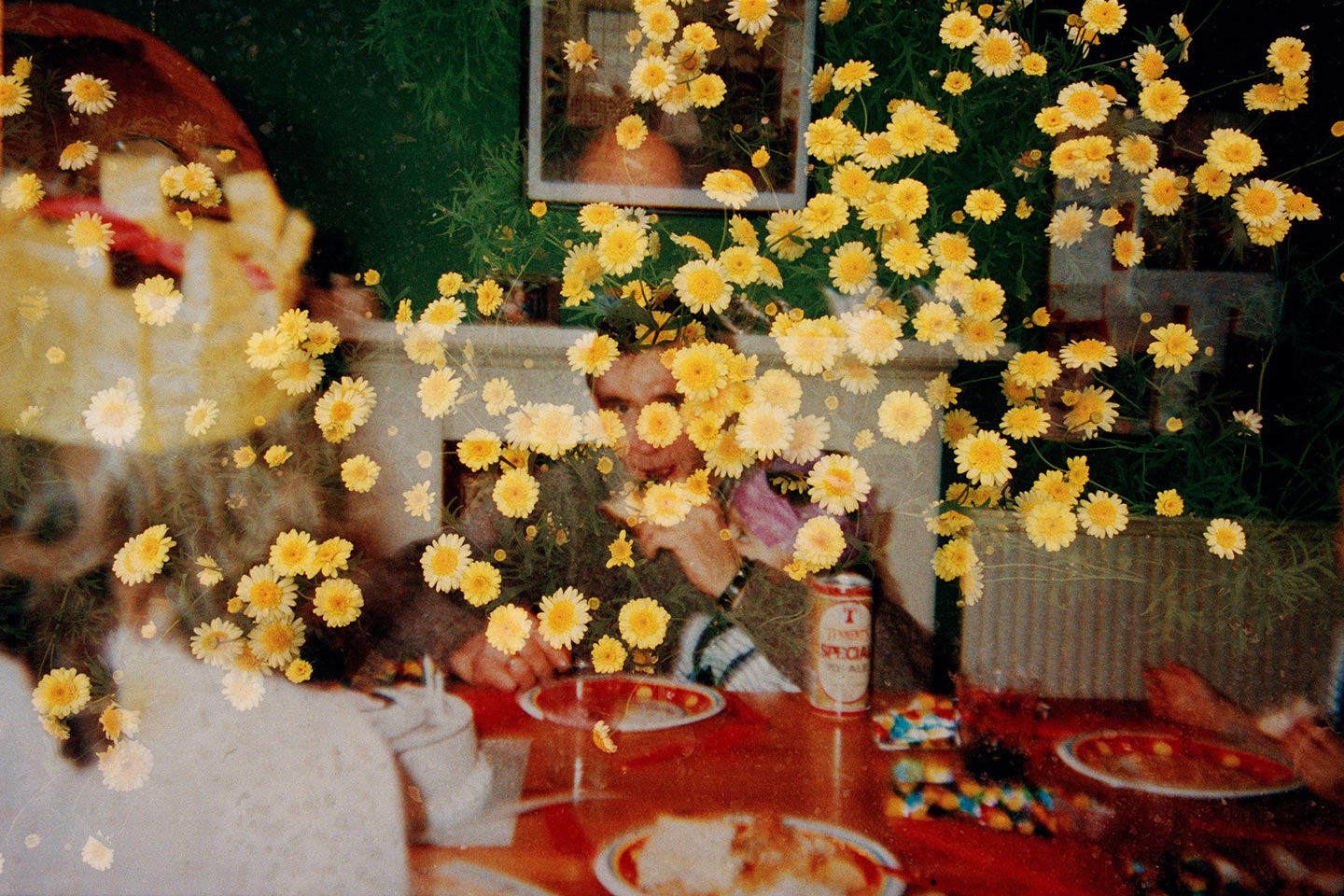
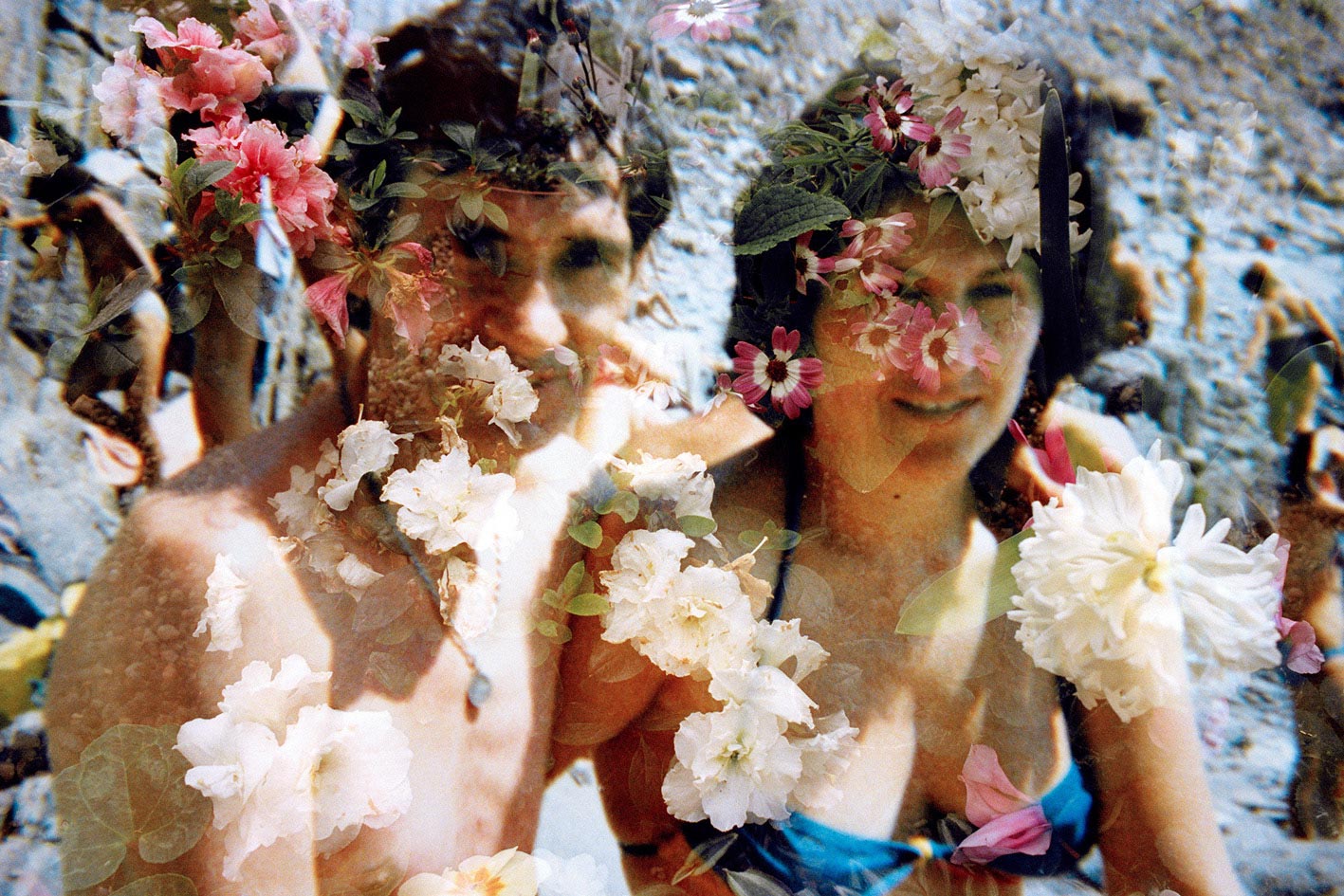
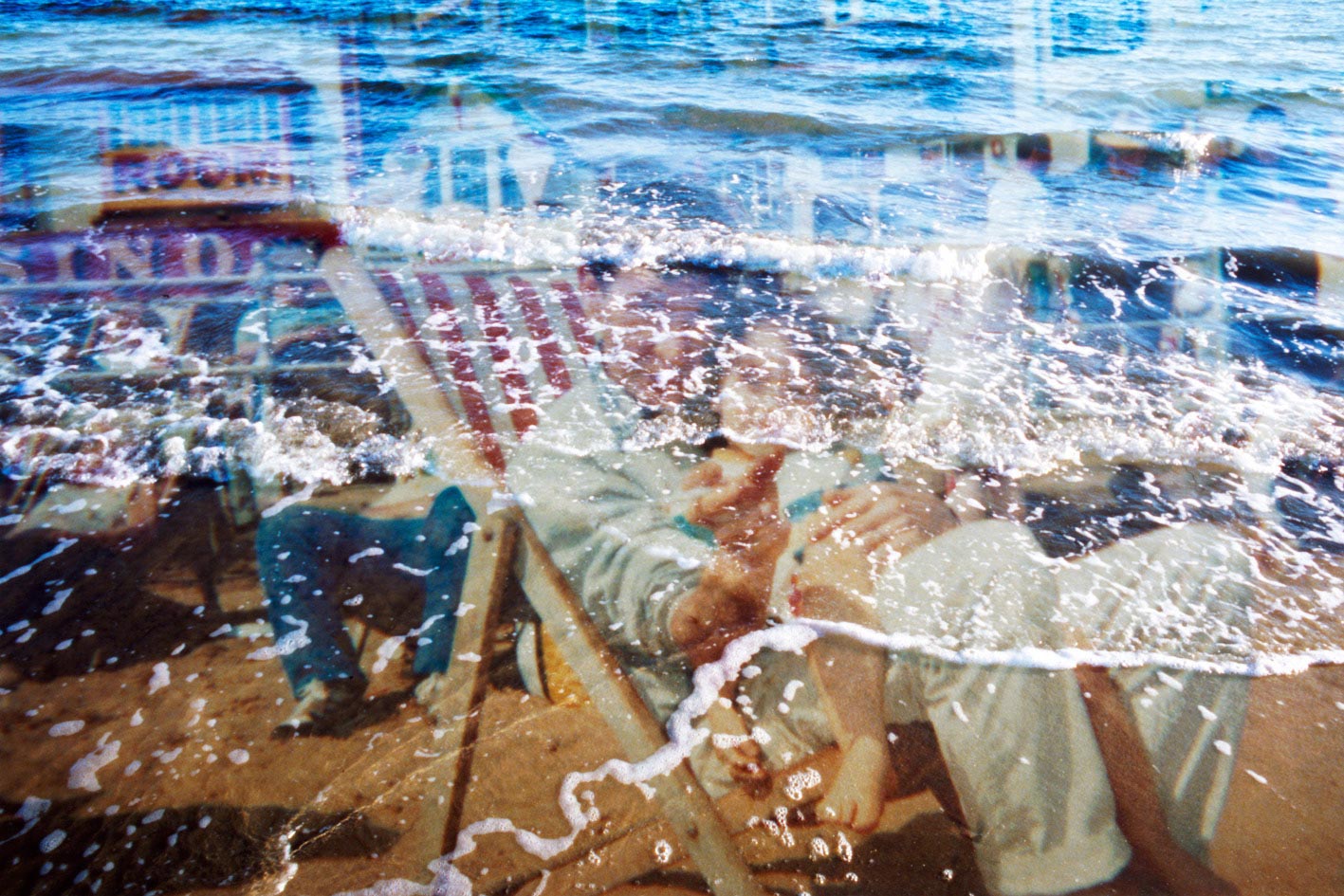
Too often the humankind puts itself at the center of any reflection on the meaning of life, but the truth is our planet—not to speak about the entire universe—has existed since long before we came on to the scene, and will probably outlive us. The beauty of Beloved Curve, a recent conceptual photography series by 31 year-old Scottish photographer Sarah Amy Fishlock, is the simplicity with which it connects the existential theme of the incessant cycle of life to her grieving process for her father’s death through the intelligent use of double exposures.
Hello Sarah, thank you for this interview. What are your main interests as a photographer?
I mainly work with documentary photography, although in recent years I have been exploring more process-based methods as well as publications (photobooks and zines) and working with archives.
Please introduce us to Beloved Curve.
Beloved Curve began as an attempt to address the death of my father, Michael, in 2004, when I was 18. This event had a crucial impact on my life, yet I had never explored my feelings about it in a creative way, preferring to focus on other people’s stories, looking outwards rather than inwards. Looking back, I didn’t grieve properly for my father at the time of his death—my coping mechanism was to push all thoughts of him away in order to survive the trauma of losing him. In recent years I’ve gained perspective on this loss, and in 2015 I felt ready to begin a creative project that would consider both the personal and universal aspects of bereavement.
How did you get the idea of using double exposures for this project?
I was inspired by my friend and fellow photographer Alan Knox, who is from the same part of Scotland as me. He made two projects looking at death and loss: Universal Sympathy and Man In The Moon. The projects are both mournful, acknowledging the pain of loss, and at the same time celebratory, illuminating the natural ebb and flow of all life in relation to nature. I finally felt that I had come to a place where I could communicate both the pain of losing my father, and my gratefulness for the short time that I spent with him on earth. I wanted to explore the idea of each life as a trajectory, each person on their own curve, but meeting and intertwining with others. The idea of my father’s life as totality, whereas mine, at the moment, is a continuum, was important to communicate. I wanted to make work that showed how our trajectories had meshed, for a time, and how this continues to shape my life without him.
Can you explain the meaning of putting together photographs of your father with pictures of nature scenes? What does this combination represent for you?
At first I photographed old photos of (and by) my father from my family photo album, then simply reloaded the film and took my camera around with me on my travels. The idea was to communicate his continued influence on my life, more than a decade after his death. I discovered that images of the natural world (flowers, rocks, the sea) were particularly effective. I then started specifically seeking out these places: botanical gardens, beaches, parks, etc. Nature persists silently, with no regard for human suffering—when we lose someone or something, the world spins on regardless. This is a comforting, and at times terrifying thought. I believe it’s ultimately illuminating: once we accept that everything eventually falls away, the desire to hold on to things diminishes, and loss becomes not a catastrophe, but just a necessary part of all human relationships that makes each moment of happiness precious.
Did you have any specific references or sources of inspiration in mind while working on Beloved Curve?
As I mentioned, Alan Knox. His work is wonderfully original and moving. Aside from photographic inspirations, I was reading a lot of poetry while making the work, mostly by Alfred, Lord Tennyson, who writes beautifully about death and loss. I love his poems In Memoriam A. H. H. and Nothing Will Die in particular.
How do you hope viewers react to Beloved Curve, ideally?
I hope that the work gives some comfort to those who are grieving, and helps communicate that mourning is an ongoing process; I don’t believe it’s something that we ever ‘get over’. The people we love become part of us—in that way, they are immortal. My mother’s family is from Italy, where crying and openly showing sadness are much more common than in the UK. People engage much more frequently with mourning rituals and spaces, and on the 2nd of November they celebrate the Day of the Dead. In the UK, death and bereavement aren’t talked about as much as they should be, which has a knock-on effect on mental health. Working on the project has also inspired me to begin work with a charity in Glasgow, Child Bereavement UK, with whom I hope to do a series of projects in the future.
What have been the main influences on your photography?
I’m influenced by the people I work with in the course of my projects. People’s lives are far more fascinating, funny, and heartbreaking than any work of fiction. I’m excited to be starting some new documentary projects soon.
Choose your #threewordsforphotography.
Memory. Nature. Empathy.
Keep looking...

FotoCal — Photography Awards, Grants and Open Calls Closing in June 2025

FotoCal — Photography Awards, Grants and Open Calls Closing in May 2025

FotoCal — Photography Awards, Grants and Open Calls Closing in April 2025

FotoCal — Photography Awards, Grants and Open Calls Closing in March 2025

FotoCal — Photography Awards, Grants and Open Calls Closing in February 2025

FotoCal — Photography Awards, Grants and Open Calls Closing in January 2025

FotoCal — Photography Awards, Grants and Open Calls Closing in December 2024




